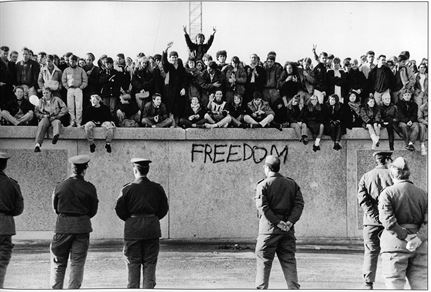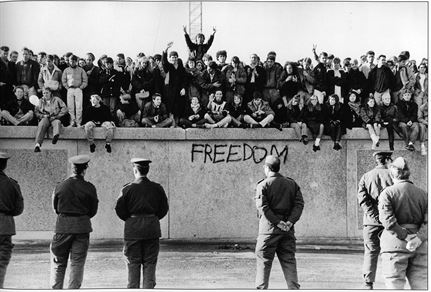
Picture: Courtesy of University of Minnesota Institute of Advanced Studies / The National Guard
On this day in 1989, the Berlin Wall fell, arguably changing the world forever.
This significant event ended more than 28 years of hostile conflict between West and East Germany; it symbolised the Iron Curtain that separated Western Europe and the Soviet Eastern Bloc during the Cold War.
The official reason behind the construction of the wall was to avoid Western “fascists” from entering in Eastern Berlin and consequently weaken the socialist state.
The transit between the two blocks was strictly limited to a few checkpoints. “Checkpoint Charlie” was one of the main crossing points used by diplomats, Soviet army militants and foreign visitors.
During these decades, many unsuccessfully tried to cross the wall, at least 171 people were killed in their attempts. Yet, accomplishing this mission was not impossible. Around 5,000 East Germans were able to reach the other side of the wall in many different ways.
The #BerlinWall has now been down for longer (29 years) than it was up (28 years). pic.twitter.com/5wJXRSUVGM
— Francesco Tamilia (@Fra_Tamilia) November 9, 2018
It is possible to see some of the remains of the Berlin Wall in different locations in London. You can find these outside the Imperial War Museum, embedded in a monumental plaque dedicated to the memorial of Ronald Regan in Grosvenor Square in Mayfair, the German School London in Richmond and the National Army Museum.

Picture: Section of Berlin Wall at the Imperial War Museum | Courtesy of Matilde Moro
Words: Francesco Tamilia | Subbing: Laureta Doci

